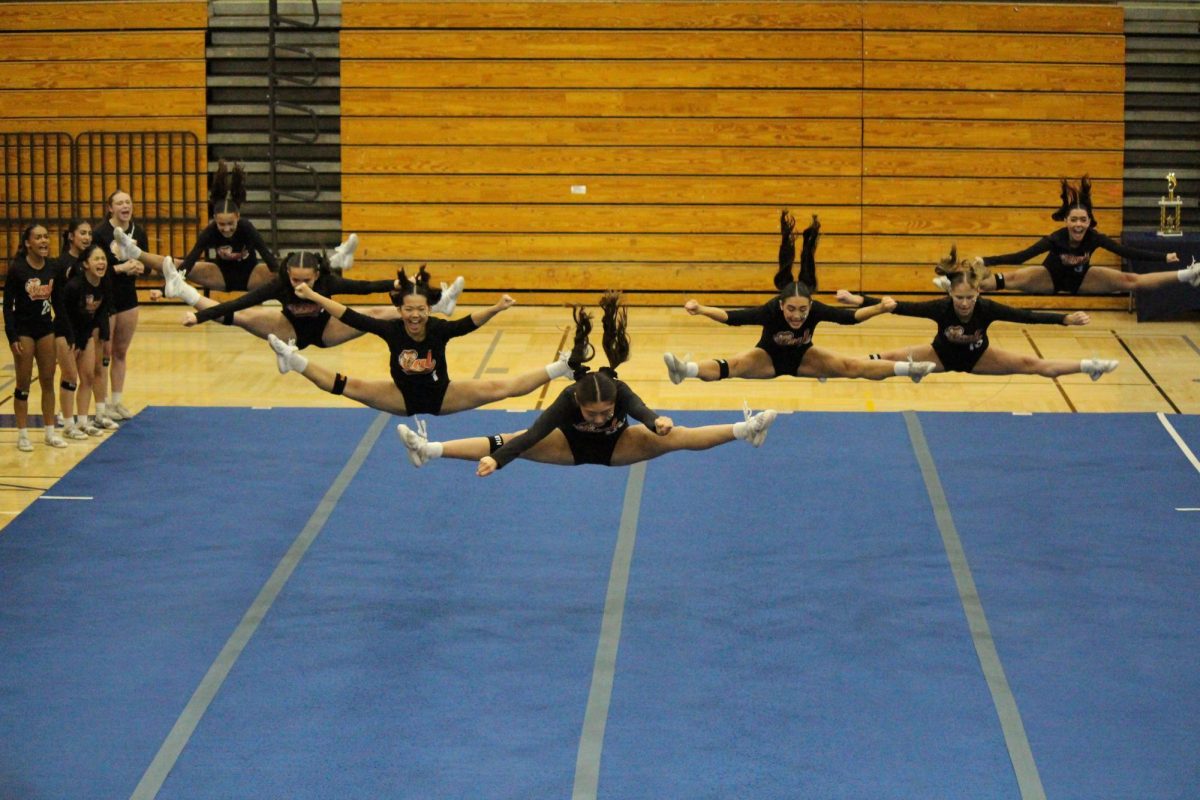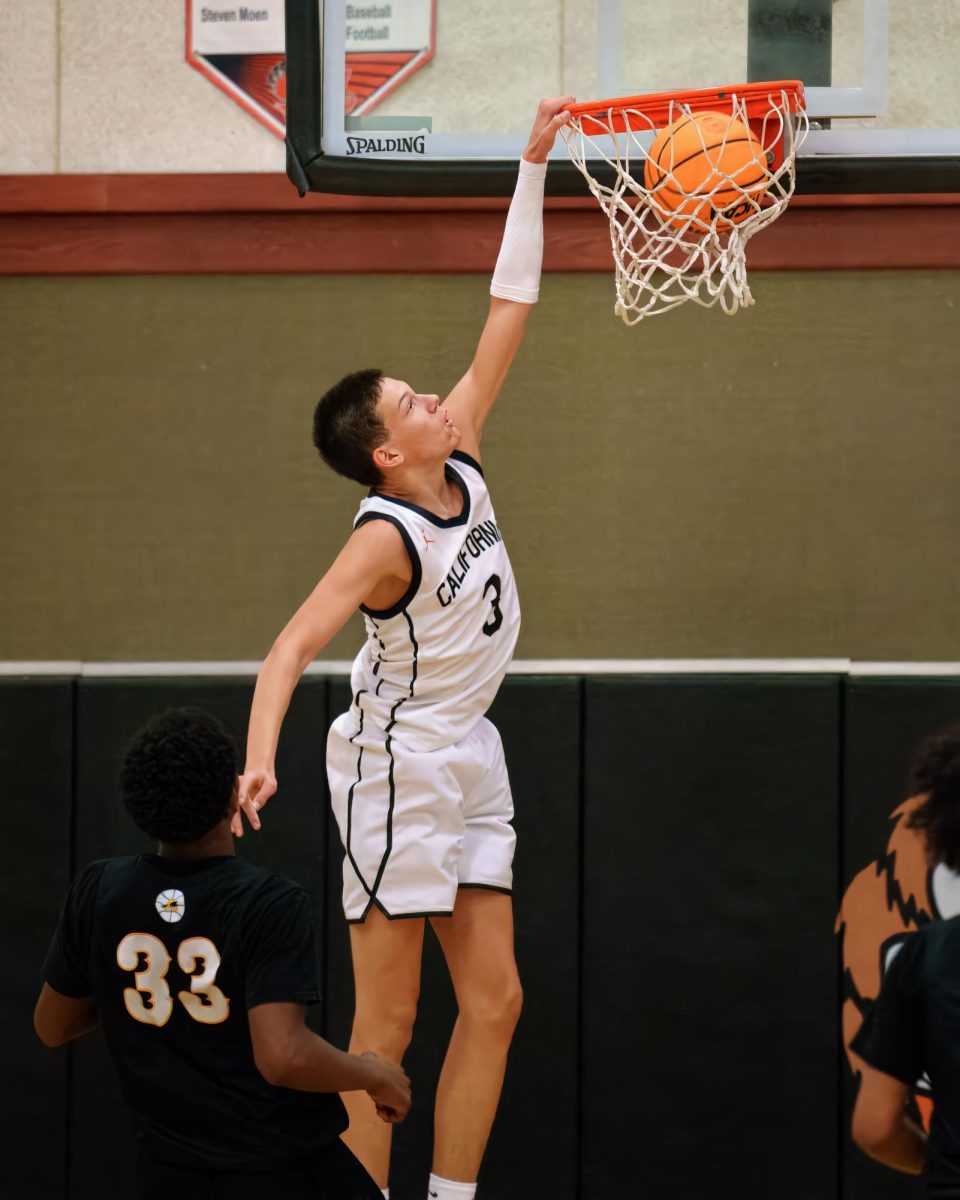by Eric Yee, online editor
Far too many athletes have taken concussions too lightly. As a result, these athletes have made a terrible mistake.
According to an American Academy of Neurology study from 2005-2008, 41 percent of concussed athletes in 100 high schools across the U.S. returned to play too soon, under academy guidelines.
Among the many Cal High athletes who have sustained concussions is junior football player Ian Anderson. He has been concussed three times the past two seasons, including twice last year.
After his third concussion early this season, he sat the rest of the year and is questioning returning to football next year. Senior cornerback David Pray has a past history of concussions and continues to play.
At least 50 youth football players from 20 different states have died or sustained serious head injuries on the field since 1997, according to research by the New York Times.
This number speaks for itself, and can all be prevented with proper medical care.
A couple solutions to reduce the number of concussions can be to have players take a test to determine if they are ready to return, or to monitor players who’ve had concussions long-term. Understanding long-term effects is important for learning more on the injury.
In the world of professional sports, the NFL has taken new precautions for concussions. A rule states that a player cannot return to a practice or game if he shows any of the symptoms of a concussion, not just a loss of consciousness.
An independent neurologist as well as his team physician also now must analyze a player after a concussion.
In the 2010 season, the NFL began to crack down on helmet-to-helmet hits in an attempt to reduce the amount of concussions suffered by players, by issuing large fines and suspending players.
Fans may not like this rule because their favorite player may miss a game or two.
Professional football has become a competition of big 300-pound tackles against small, agile running backs and their quarterbacks. Players with concussions need to be cautious of returning too early to games and practices, and must realize their lives could be at stake.
High school sports in general are fun for everyone to enjoy. But the risk of head injuries for young athletes is a serious issue.
Most coaches, trainers, and players who’ve had concussions would agree that spreading the word and becoming educated about concussions is the most important thing to prevent injuries.




